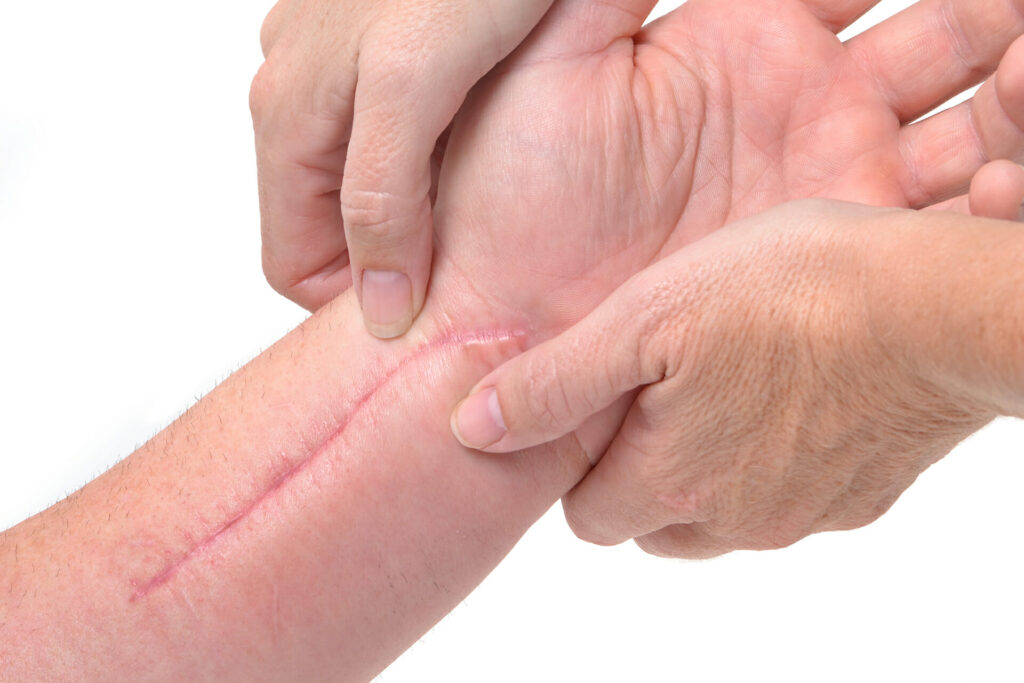
Skin regeneration is a fundamental aspect of regenerative medicine, and it plays a pivotal role in maintaining our body’s integrity and protection. Wound healing and scar reduction have been subjects of intensive research, leading to significant advancements in recent years. These breakthroughs have paved the way for innovative techniques and treatments that promise improved outcomes in skin regeneration. In this article, we will explore the latest developments in the field of wound healing and scar reduction, with a focus on regenerative medicine in Los Angeles (LA).
Advances in Wound Healing
Wound healing is a complex biological process involving various stages, including hemostasis, inflammation, proliferation, and tissue remodeling. Regenerative medicine has made remarkable progress in accelerating and enhancing these processes.
One notable advancement is the use of growth factors and stem cells. Growth factors, such as platelet-derived growth factor (PDGF) and transforming growth factor-beta (TGF-β), are used to stimulate cell proliferation and tissue repair. Stem cell therapies, including mesenchymal stem cells (MSCs) and adipose-derived stem cells, have shown promising results in promoting tissue regeneration and reducing scarring. These treatments are becoming increasingly available in LA, offering hope to individuals with chronic wounds and scars.
Advanced wound dressings are another area of innovation. These dressings can provide a moist environment for wounds, facilitate tissue repair, and minimize scar formation. Some dressings are even infused with bioactive compounds to further enhance the healing process.
Scar Reduction Techniques
Scar formation is a natural part of wound healing, but excessive scarring can lead to aesthetic and functional concerns. Regenerative medicine in LA offers various techniques to reduce scars effectively.
Laser therapy has gained popularity for scar reduction. Fractional laser technology can target specific areas of the skin, stimulating collagen production and remodeling scar tissue. This non-invasive approach can significantly improve the appearance of scars, including those resulting from surgery or acne.
Micro-needling is another minimally invasive procedure that has gained attention. By creating controlled micro-injuries in the skin, micro-needling triggers the body’s natural healing response, promoting collagen production and reducing scar visibility. This technique can be tailored to different types of scars and skin conditions.
Surgical interventions for scar reduction have also evolved. Plastic surgeons in LA now employ advanced techniques like scar revision surgery, where the scar tissue is excised and meticulously repositioned to minimize its visibility. These procedures are often combined with regenerative therapies to optimize results.
Conclusion
Skin regeneration, wound healing, and scar reduction have witnessed significant advancements in regenerative medicine, especially in Los Angeles. Growth factors, stem cells, advanced wound dressings, laser therapy, micro-needling, and surgical interventions are just a few examples of the innovative approaches available to improve the outcome of wounds and scars.
If you’re interested in exploring regenerative medicine options in Los Angeles, consider consulting with a healthcare professional or a regenerative medicine specialist who can assess your individual needs and recommend the most suitable treatments. Stay informed about the latest developments in this field, as ongoing research and technological breakthroughs continue to expand the possibilities for skin regeneration and scar reduction.
For more information about regenerative medicine in Los Angeles, you can visit Regenerative Medicine LA, a leading clinic at the forefront of these exciting advancements.
